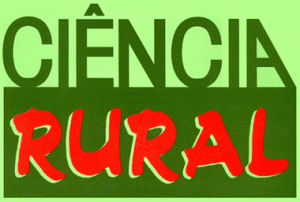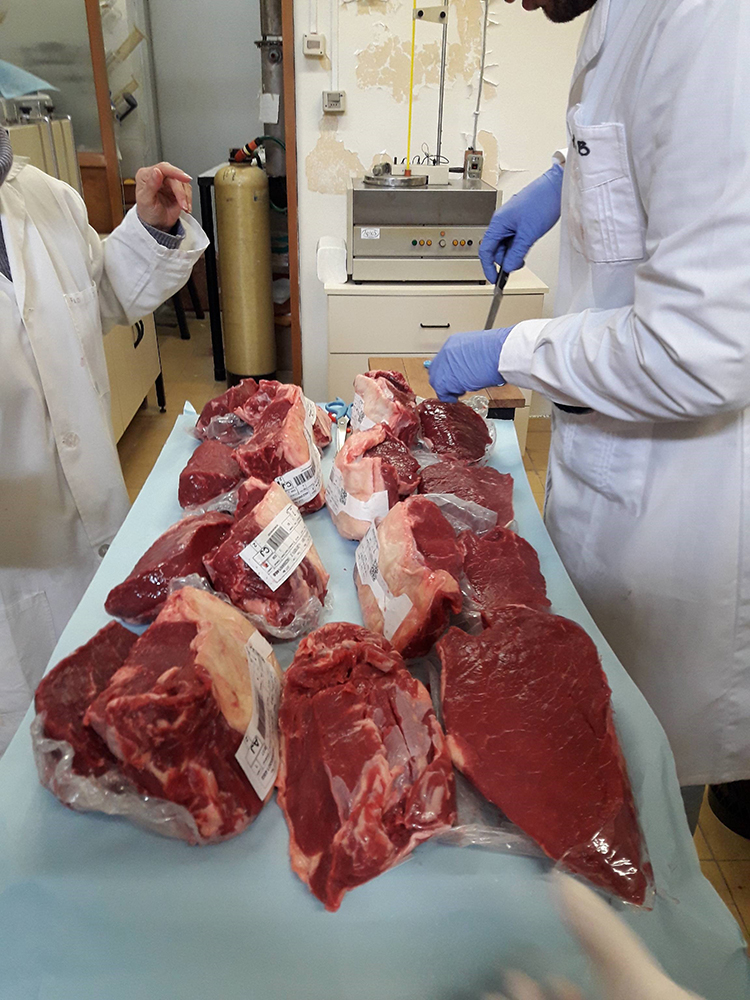By Maria Luiza De Grandi, Journalist of Ciência Rural, Santa Maria, RS, Brazil and Alejandra Terevinto, Associate professor at the Faculty of Agronomy at Universidade da República (Udelar), Montevideo, Uruguay
Uruguay, a Latin American country with approximately 3.5 million inhabitants, has 70% of its territory dedicated to livestock, being one of the most important economic activities. The production of cattle influences the quality of the meat, as shown by the results of a survey by the Faculty of Agronomy of the University of the Republic (Udelar). When evaluating the Longissimus Dorsi (LD) muscle, commonly known as “contrafilé”, of Aberdeen Angus steers, researchers understood that the grazing system with grain supplementation produces the healthiest meat for consumption. The article “Oxidative stability, fatty acid composition and lipid health indexes of the Longissimus dorsi muscle of Aberdeen Angus steers produced in different feeding systems”, was published in the journal Ciência Rural (vol. 49, no. 12).
In Uruguay, beef cattle production systems are mainly based on pastures, but recently producers have invested in better quality pastures and supplementation with grains, which lead to cattle with different carcasses and meat quality (REALINI, et al., 2004). For the research, three systems were used: Pasture, Pasture + Supplement with corn grain and Confinement (supplementation only). Scientists seek to understand which of the three meat systems has the greatest resistance to oxidation processes induced after maturation (14 days at 2 ° C with vacuum packaging).
The results showed that Aberdeen Angus steer meat exhibited greater resistance to the oxidation processes induced when it comes from the pasture system, and this, together with the pasture meat and the grain supplementation system, promoted the production of healthier meat for consume, from the point of view of the fat composition, compared to a confinement system.
According to the researcher Alejandra Terevinto, the results can determine the technological aptitude of the meat technology and the life of the product according to the production system used, and on the other hand, promote the consumption of meat or that are beneficial to health, to avoid the occurrence of cardiovascular diseases.
Reference
REALINI, C. E., et al. Effect of pasture vs concentrate feeding with or without antioxidants on carcass characteristics, fatty acid composition, and quality of Uruguayan beef. Meat Science [online]. 2004, vol. 66, no. 3, pp. 567-577, ISSN: 0309-1740 [viewed 30 March 2020]. DOI: 10.1016/S0309-1740(03)00160-8. Available from: https://www.sciencedirect.com/science/article/abs/pii/S0309174003001608
To read the article, access it
TEREVINTO, A., CABRERA, M.C. and SAADOUN, A. Oxidative stability, fatty acid composition and health lipid indices of Longissimus dorsi muscle from Aberdeen Angus steers produced in different feeding systems. Cienc. Rural [online]. 2019, vol. 49, no. 12, e20190537, ISSN: 0103-8478 [viewed 14 April 2020]. DOI: 10.1590/0103-8478cr20190537. Available from: http://ref.scielo.org/xj56yj
External links
Ciência Rural – CR: <http://www.scielo.br/cr>
Ciência Rural <http://coral.ufsm.br/ccr/cienciarural/>
Universidad de la República Uruguay <http://udelar.edu.uy/portal/>
Como citar este post [ISO 690/2010]:


















Recent Comments